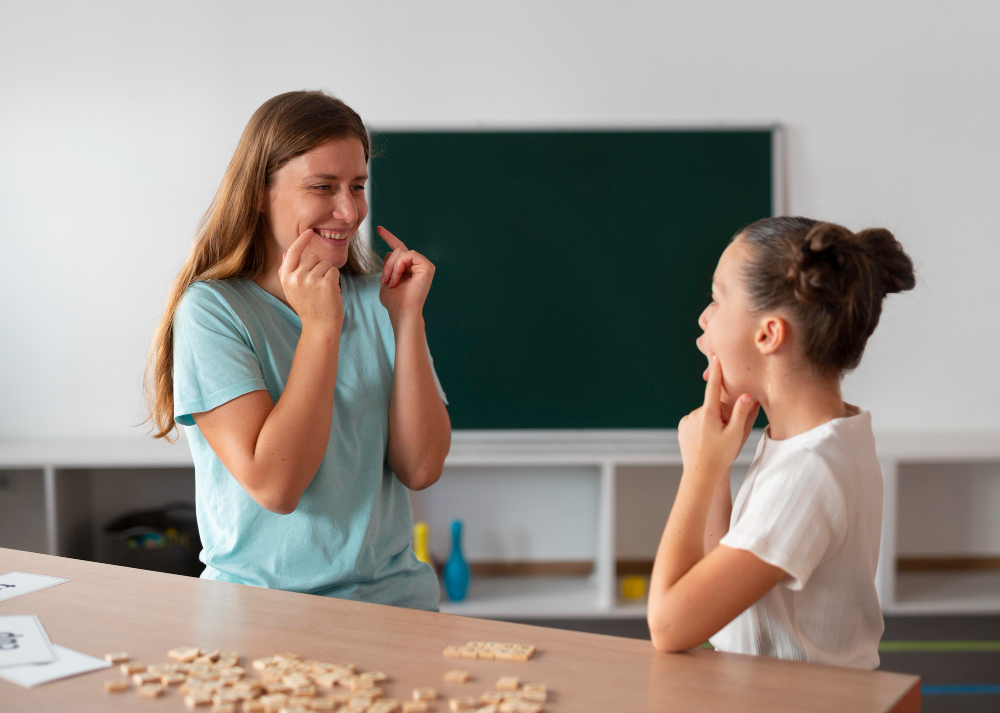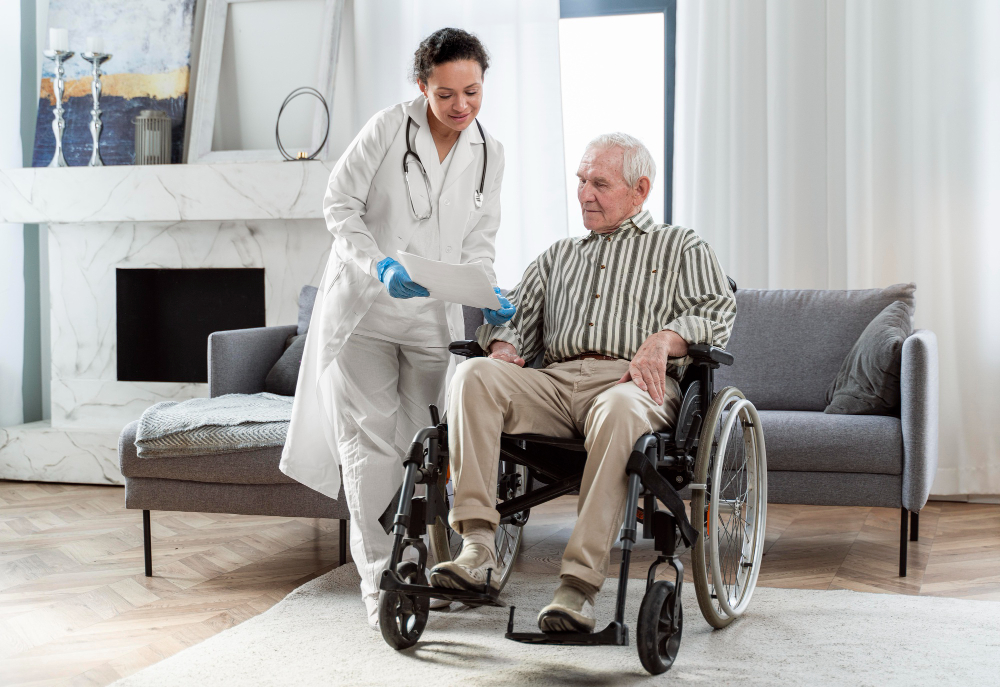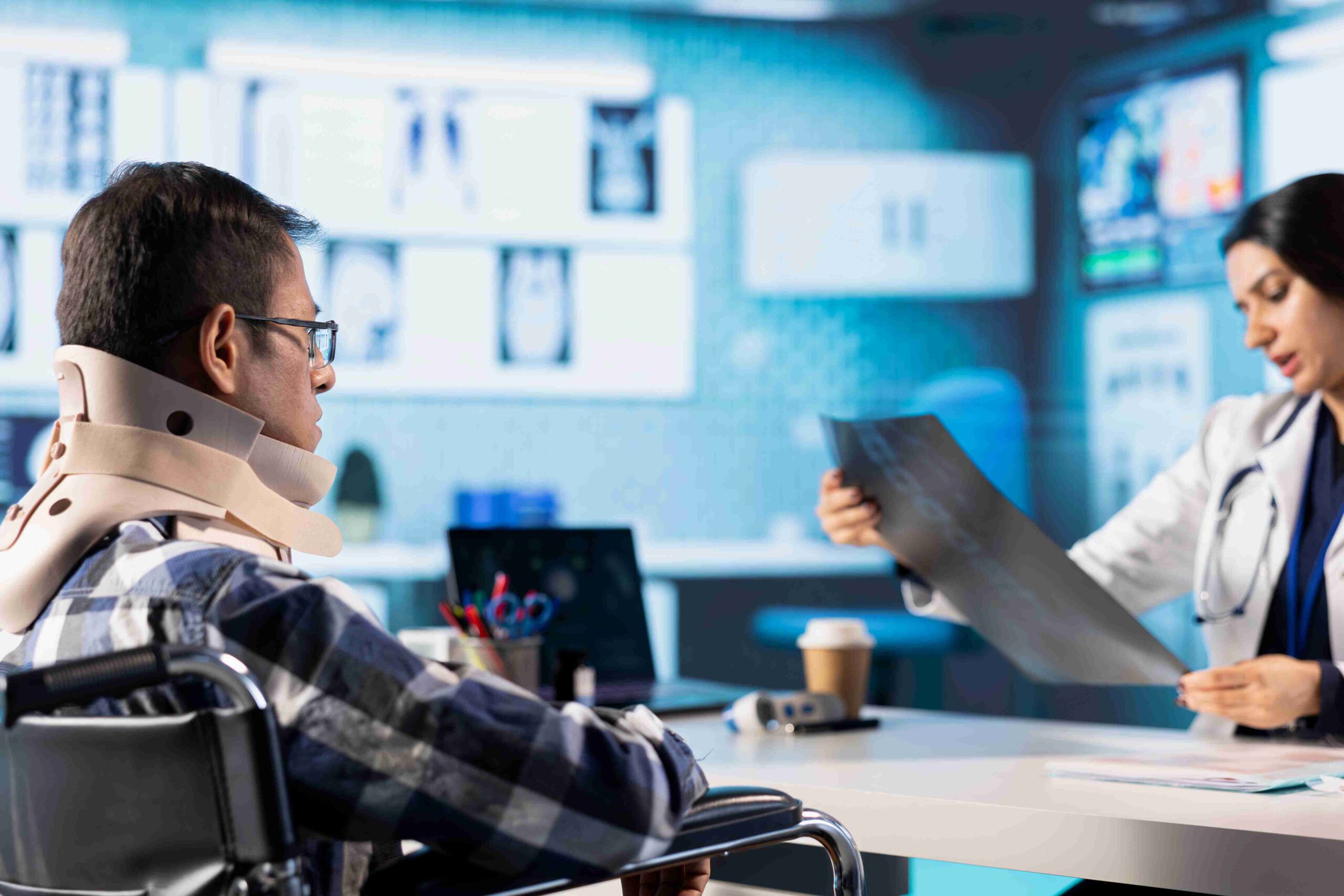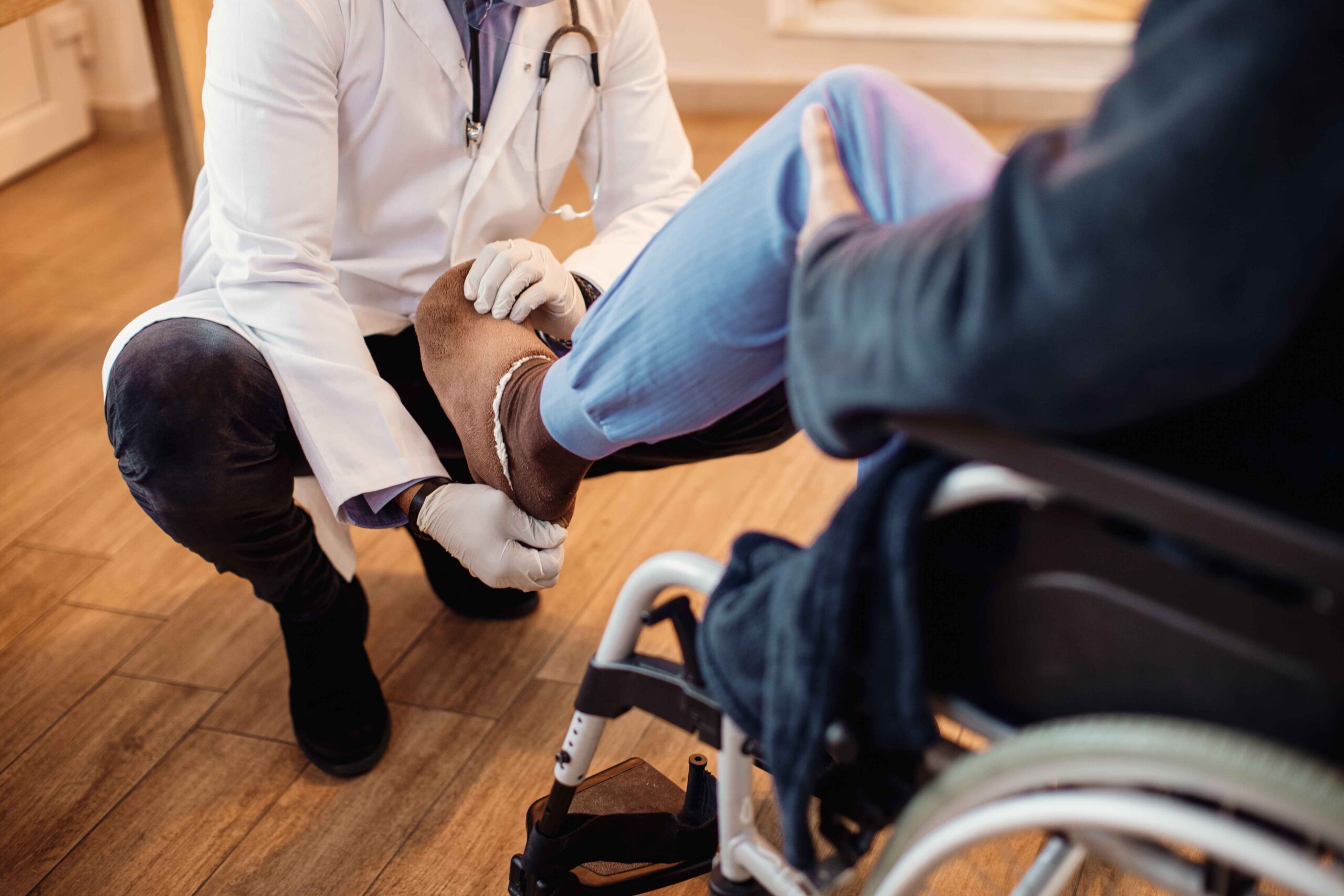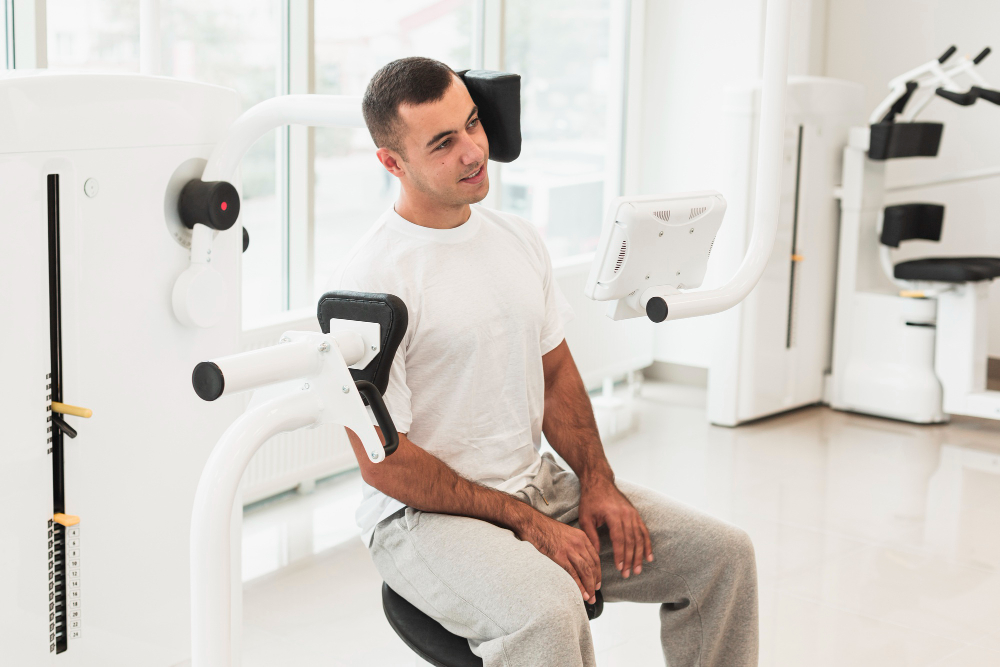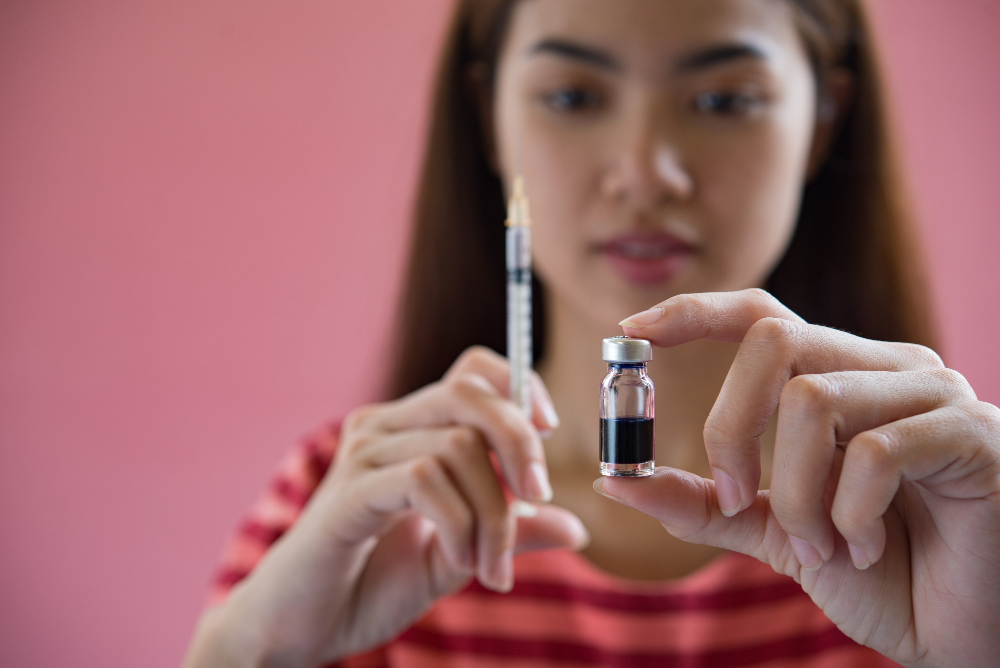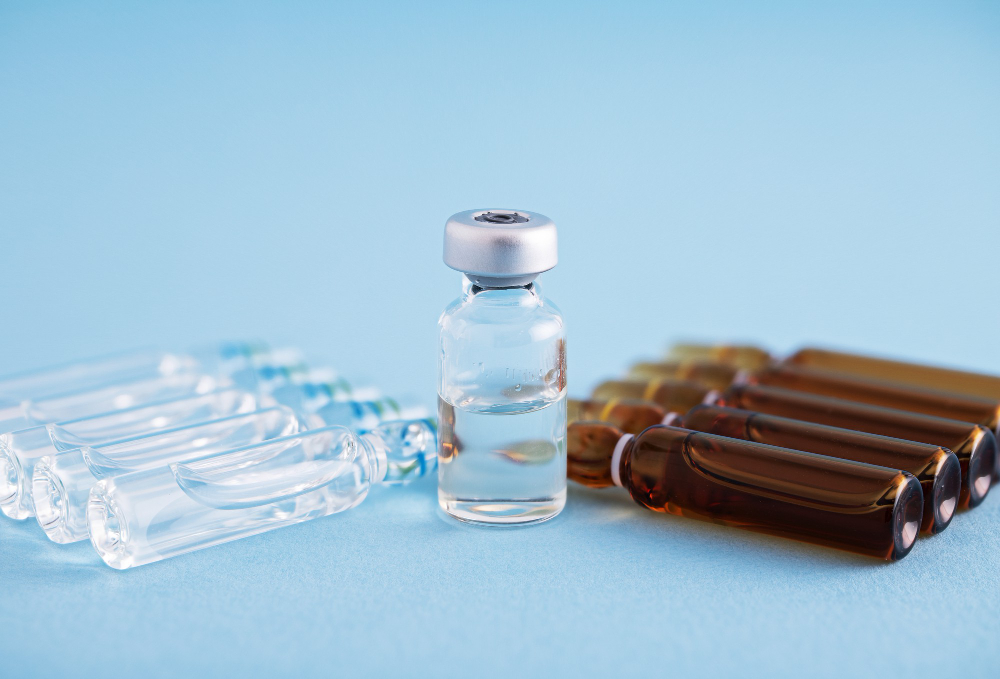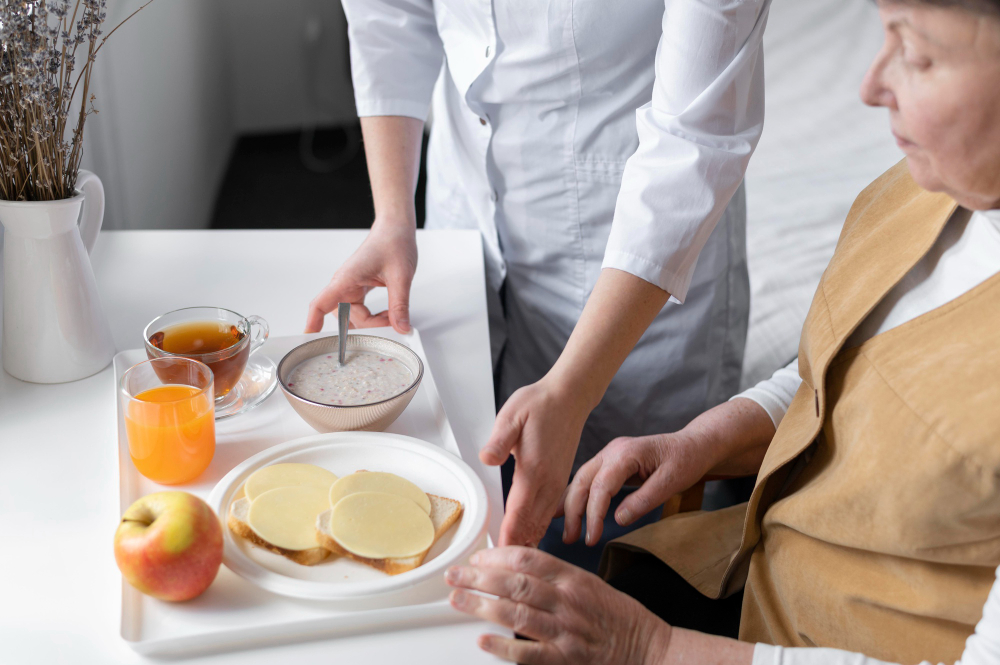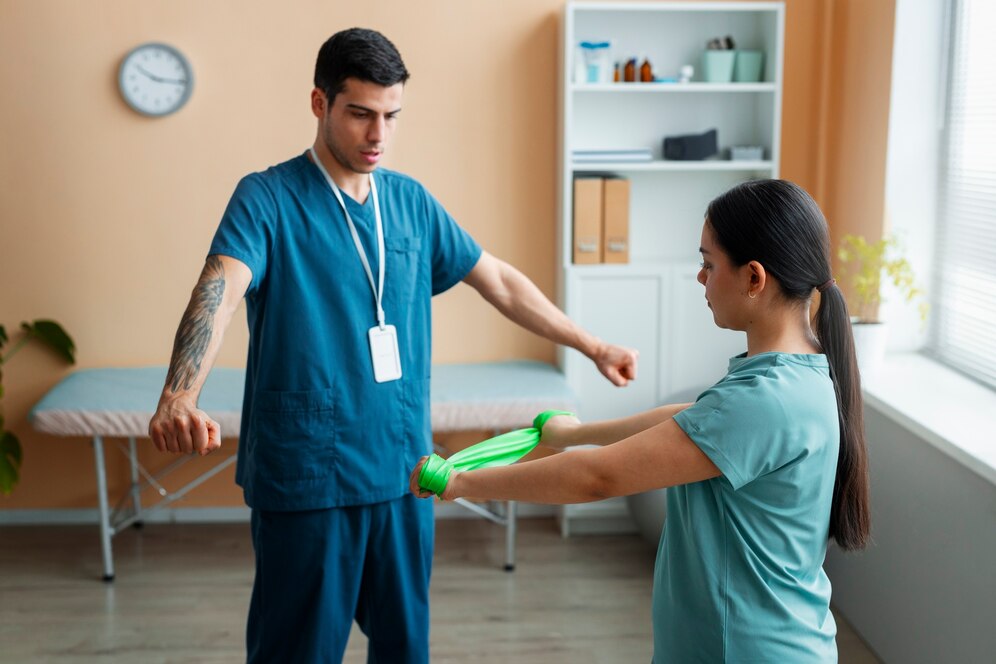
Last updated on by MRC
Just think about it! Waking up one day and finding it difficult to move your arm or speak clearly. This can be the reality for many stroke survivors. A stroke disrupts the blood flow to your brain, impacting its ability to control your body and mind. While the immediate medical response is crucial, what happens next can significantly influence your long-term recovery. Here’s where early stroke rehabilitation comes in – it’s not just about regaining physical abilities, but about maximizing your chances of reclaiming your independence and improving your quality of life.
A stroke can be a life-altering event. It occurs when blood flow to the brain is disrupted, either by a blockage or a burst blood vessel. Common causes include high blood pressure, diabetes, smoking, and high cholesterol levels. Lifestyle factors such as diet and exercise also play a significant role.
There are two primary types of strokes:
Recognizing the symptoms of a stroke is crucial for seeking immediate medical attention. Symptoms include sudden numbness or weakness in the face, arm, or leg, especially on one side of the body; confusion, trouble speaking or understanding speech; trouble seeing in one or both eyes; dizziness, loss of balance, or coordination; and severe headache with no known cause.
The acronym FAST can help you remember the key signs of stroke:
F: Face drooping – Does one side of the face droop or feel numb?
A: Arm weakness – Can you raise both arms equally?
S: Speech difficulty – Is your speech slurred or difficult to understand?
T: Time to call emergency services – If you experience any of these symptoms, call emergency services immediately.
Immediate treatment is vital to minimize brain damage and improve outcomes. Depending on the type of stroke, treatment may involve medication to dissolve clots (thrombolytics), surgical procedures to repair blood vessels, exercise to prevent stroke or other interventions Physiotherapy to stabilize the patient.
While there’s no one-size-fits-all approach to stroke recovery, physiotherapy has emerged as a powerful option. Physiotherapy can help you regain your lost mobility and improve your functional prognosis, a fancy way of saying your ability to perform daily activities.
The National Institute for Health and Care Excellence (NICE) recommends at least 45 minutes of physiotherapy, five days a week, emphasizing high-intensity stroke prevention exercises for relearning lost skills. Remember, consistency is key! Don’t interrupt your physiotherapy journey until you and your therapist reach your targeted goals.
Researchers suggest that patients should begin physiotherapy within 24 hours of experiencing a stroke. Initially, therapists focus on mobilizing patients, encouraging short walks to expedite movement recovery.
In this realm, physiotherapists utilize specialized equipment to enhance rehabilitation. Some centers employ robot-assisted devices to aid walking independently, while others utilize treadmills to improve walking speed and endurance.
Virtual reality training represents the latest technological advancement in physiotherapy, potentially accelerating recovery. However, it complements rather than replaces traditional methods.
Early intervention is crucial, and physiotherapy to prevent stroke can be a key part of your recovery plan, helping you reclaim your independence and improve your quality of life. But remember, prevention is always better than cure. Exercise is a fantastic way to reduce your stroke risk – explore stroke prevention exercises online or consult a healthcare professional to create a personalized plan.
Stroke rehabilitation focuses on helping individuals regain independence and improve their quality of life. It includes various therapies tailored to address physical, cognitive, and emotional challenges post-stroke.
Medical Rehabilitation Centre (MRC) is a leading provider of stroke rehabilitation services in Kolkata. We offer a comprehensive and individualized approach to stroke recovery, ensuring the best possible outcomes for our patients. Here’s why MRC, a renowned pain management hospital in Kolkata, is the best choice for your stroke rehabilitation journey:
Early intervention in stroke rehabilitation can make a profound difference in recovery outcomes. At the Medical Rehabilitation Centre (MRC), we are committed to providing the highest quality care and support to help individuals regain independence and improve their quality of life post-stroke.
Why is early intervention in stroke rehabilitation important?
Early intervention helps minimize long-term disability by starting therapies promptly after a stroke, promoting faster recovery of physical and cognitive functions.
What therapies are used in stroke rehabilitation?
Therapies include physical therapy for mobility, speech therapy for communication, and occupational therapy for daily activities. Advanced methods like virtual reality and robotic-assisted devices may also be used.
How long does stroke rehabilitation last?
Rehabilitation duration varies based on individual needs and stroke severity, typically ranging from weeks to months. The goal is to achieve maximum recovery and independence for each patient.
What makes MRC stand out in stroke rehabilitation?
MRC distinguishes itself through its multidisciplinary team of specialists, state-of-the-art facilities equipped with advanced technology, and a personalized approach that tailors treatment plans to individual needs, ensuring comprehensive and effective rehabilitation outcomes.
